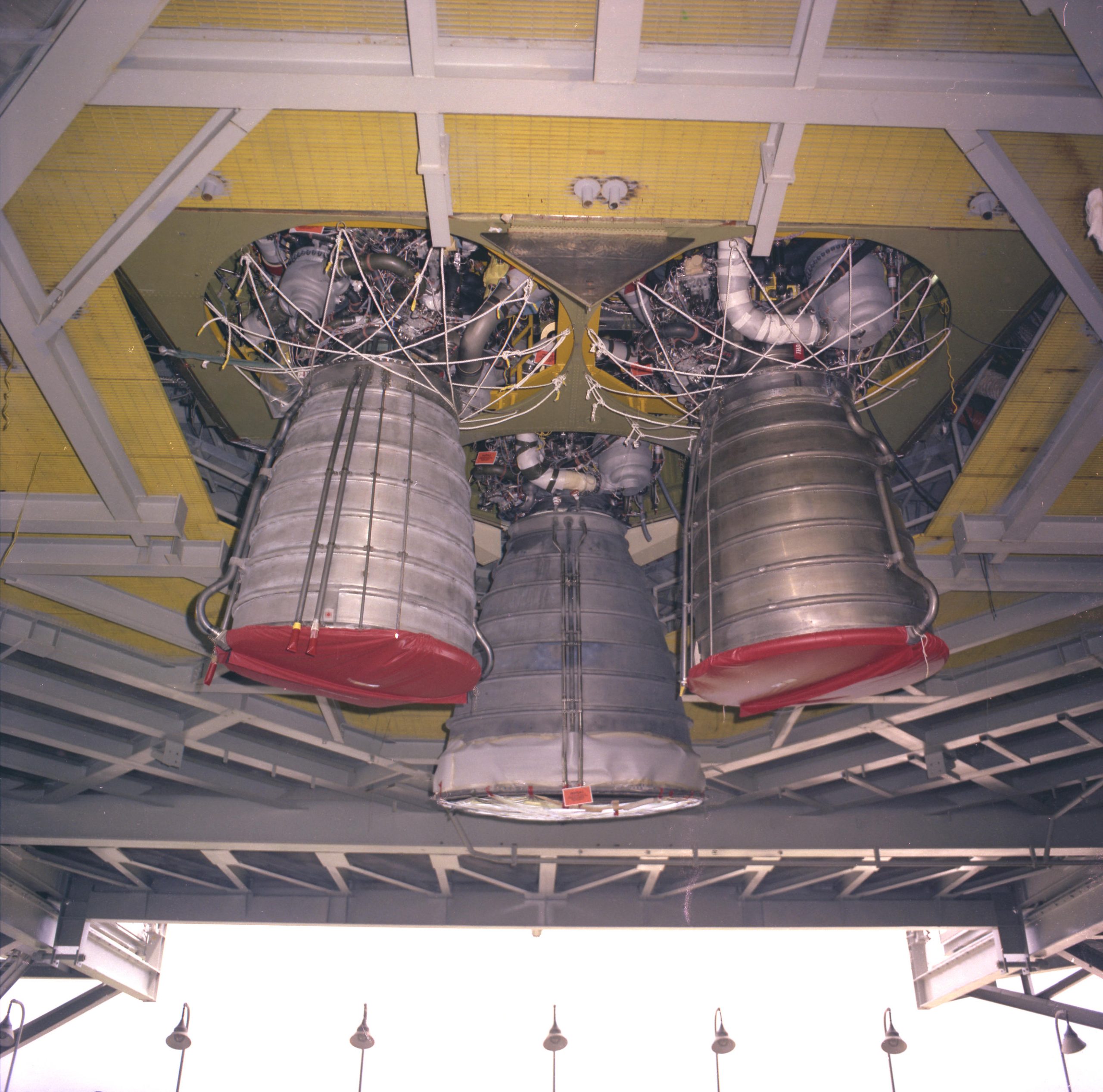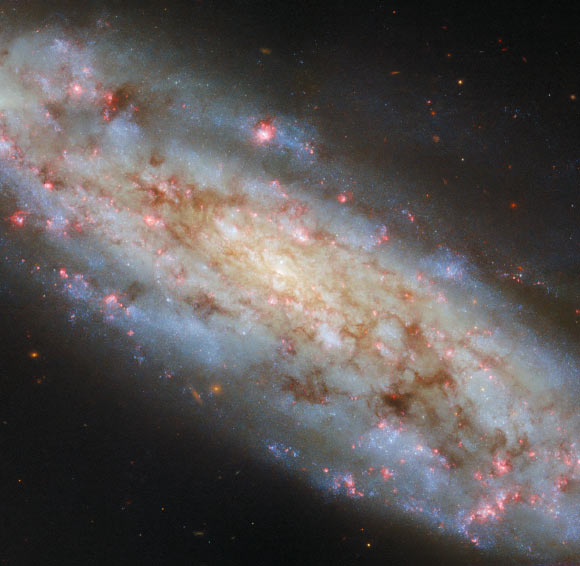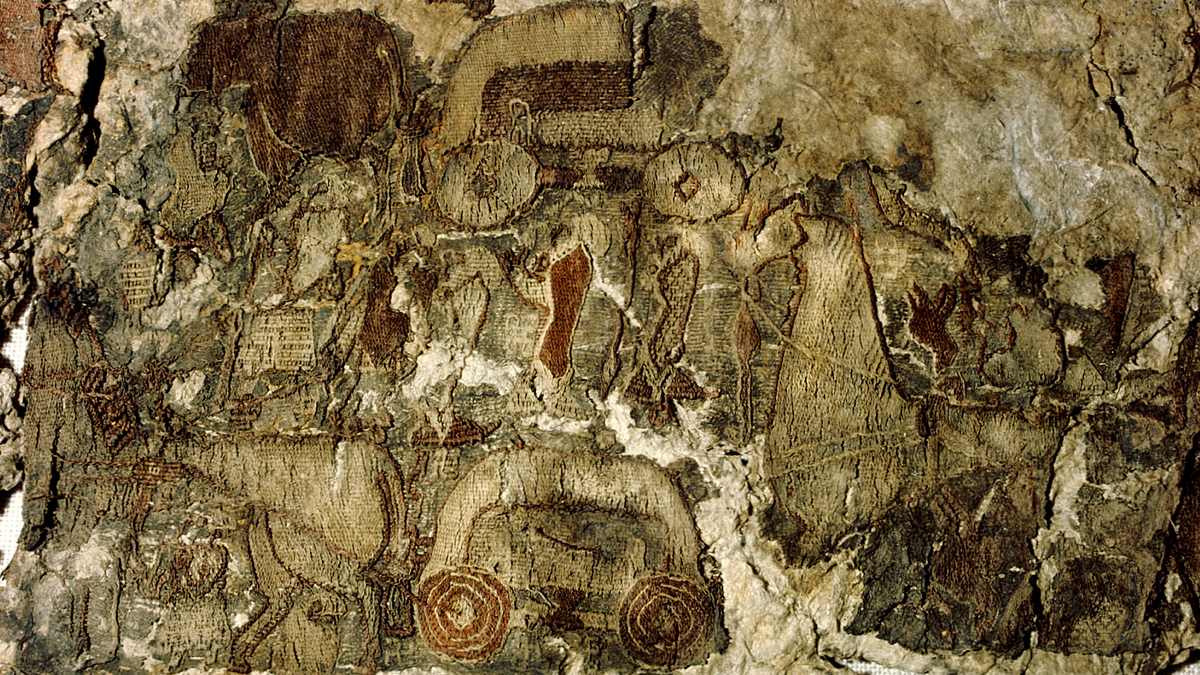Now Reading: NASA Stennis Marks Milestone in Space Shuttle Engine Testing
-
01
NASA Stennis Marks Milestone in Space Shuttle Engine Testing
NASA Stennis Marks Milestone in Space Shuttle Engine Testing

Quick Summary
- NASA’s Stennis Space Center in Mississippi conducted 34 years of space shuttle main engine testing from May 19, 1975, to July 29, 2009.
- The campaign supported critical milestones such as the deployment of the Hubble Space Telescope and construction of the International Space Station through its contributions to 135 shuttle missions.
- A total of 3,244 tests accounted for over 820,000 seconds (more then nine days) of “hot fire” testing.
- The selection of NASA Stennis over other locations required retrofitting facilities initially designed for Apollo rocket testing into ones capable of handling single-engine tests with advanced cryogenic propellants and thrust adjustments.
- Innovations included real-time propellant transfer systems and altitude simulation capabilities up to 60,000 feet.
- Engineers had to learn full-engine operation from the outset due to high complexity; subsequent challenges included managing anomalies and preventing failures.
- Testing milestones include:
– First “burp test” on May 19, 1975.
– Full-scale ignition achieved by June same year.
– Developmental success leading up to STS-1 (1981), where Columbia carried astronauts on its maiden voyage without an uncrewed flight trial.
- Following disasters like Challenger and Columbia, rigorous re-testing campaigns were executed for mission safety assurance.
- The program solidified NASA Stennis’s reputation as a center for propulsion excellence while laying groundwork for partnerships in modern commercial aerospace.
Indian Opinion Analysis
The extensive testing campaign at NASA Stennis reflects how meticulous engineering methodologies can set foundational benchmarks not only for specialized missions but also future technological advancements-an aspect that resonates well with India’s own growing aspirations in space research spearheaded by ISRO (Indian Space Research Organisation).Key takeaways here include fostering long-term site-specific expertise while building infrastructure adaptable across projects-from cryogenics-heavy endeavors like Chandrayaan or Gaganyaan missions to potential inter-agency collaborations down the line.Another salient observation is how systems engineering consistently evolved under resource constraints-a parallel process evident in India’s Mars Orbiter Mission or reusable launch vehicles coming out cost-effectively despite financial or logistical hurdles faced compared globally
This case also illustrates broader economic spinoff possibilities any sustained hub project ensures locally tighten knitting stakeholders while extending oneoftware remove-solid foundation runs beneficial strengthening

























